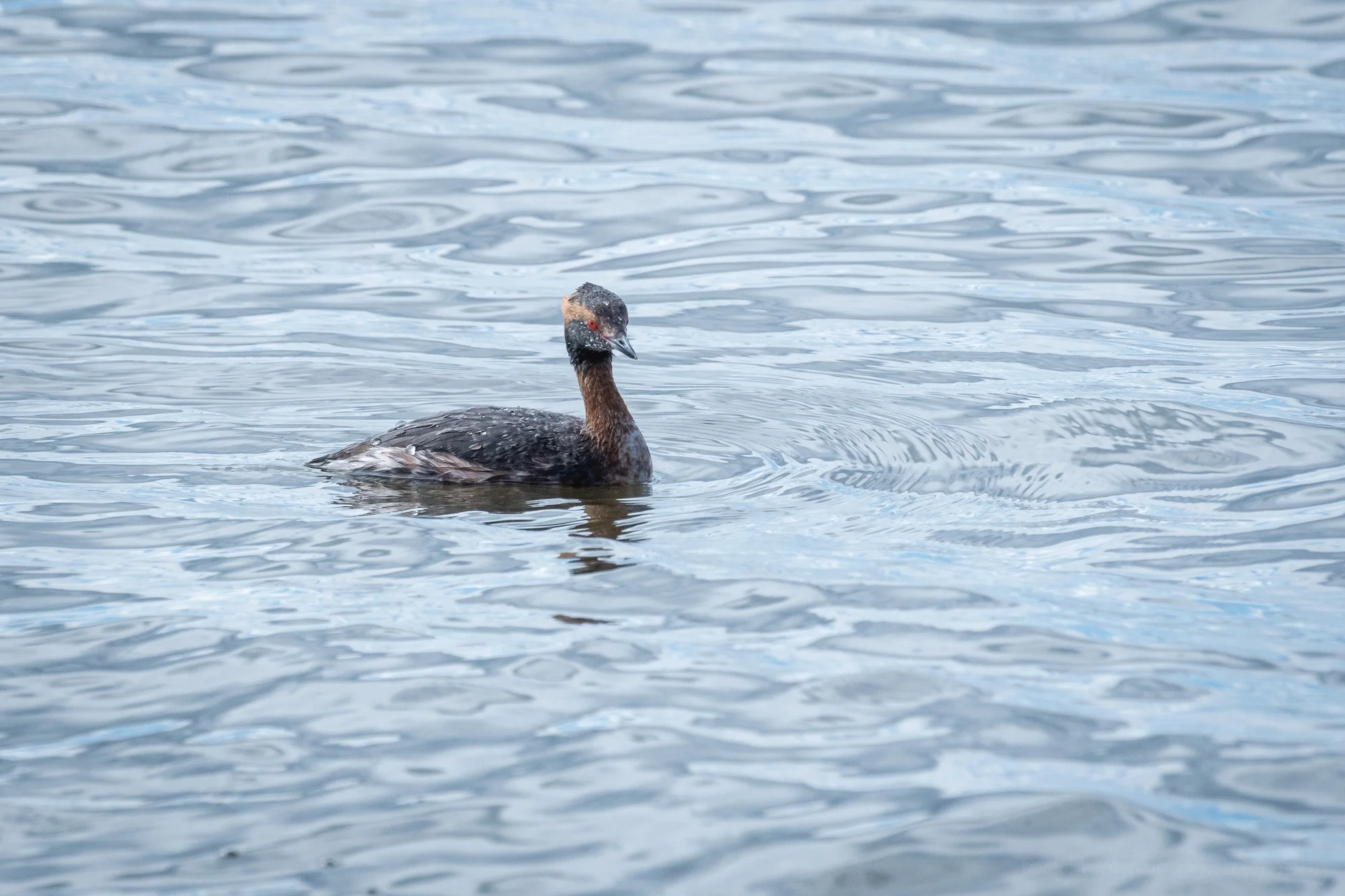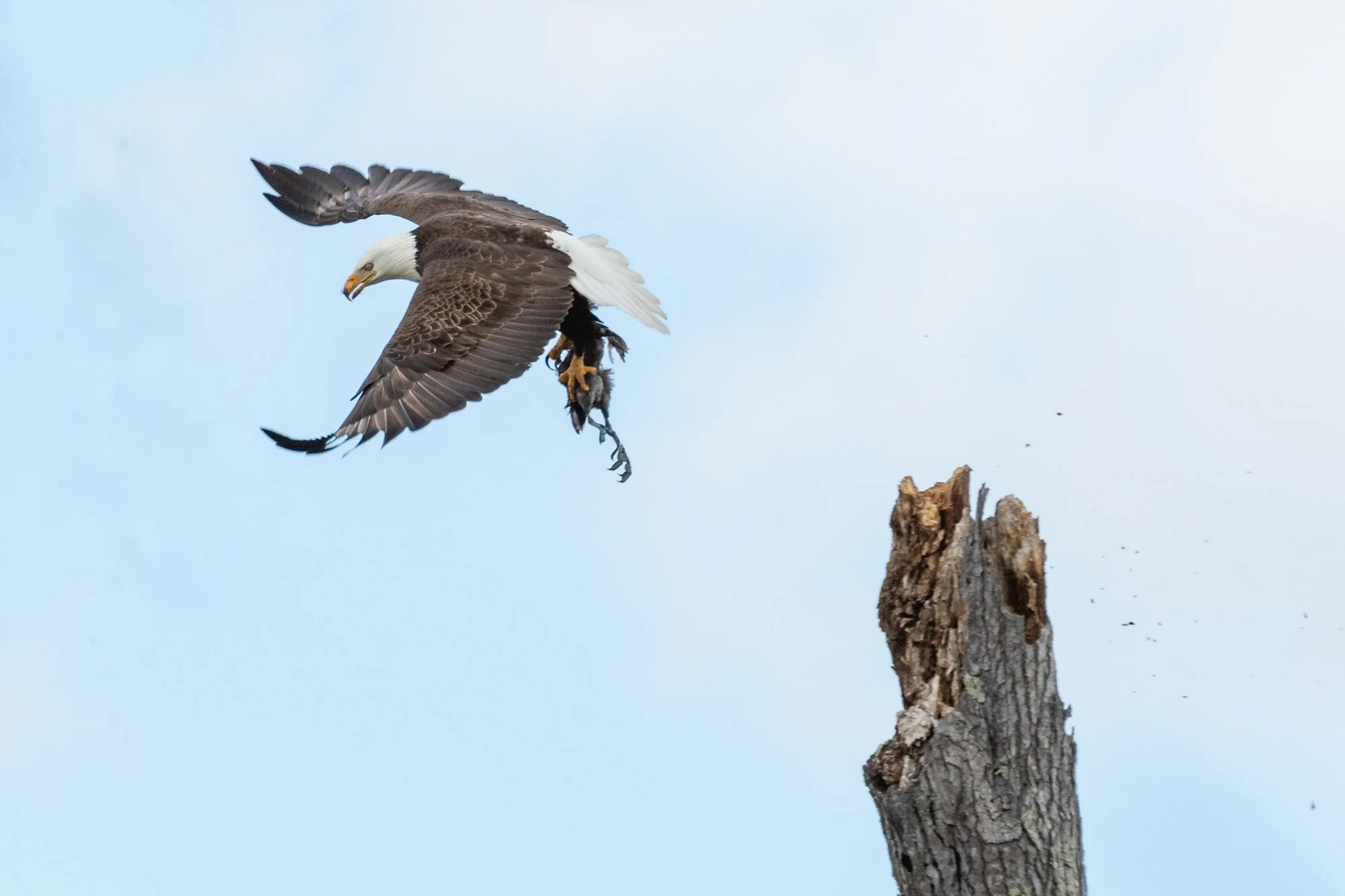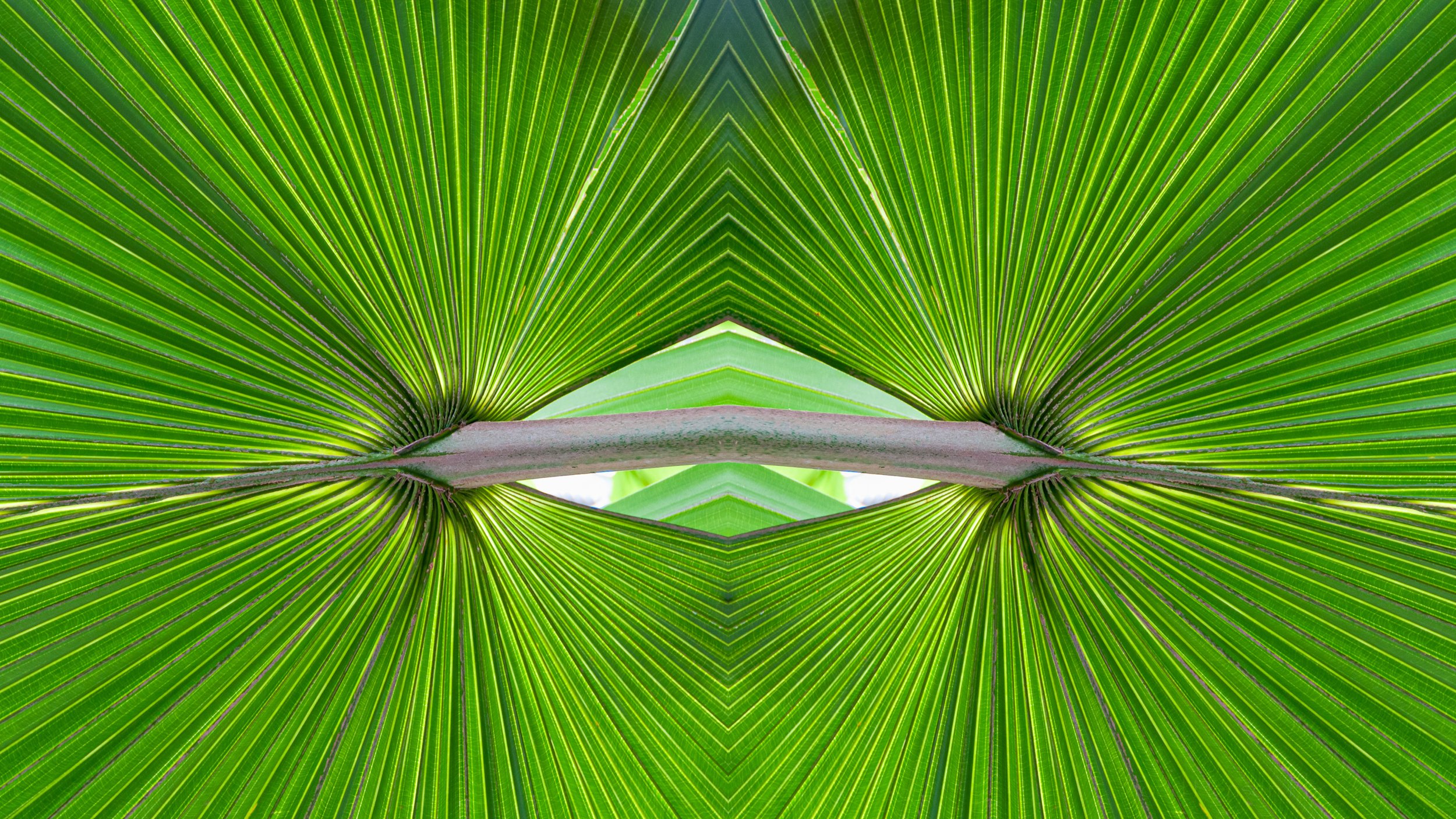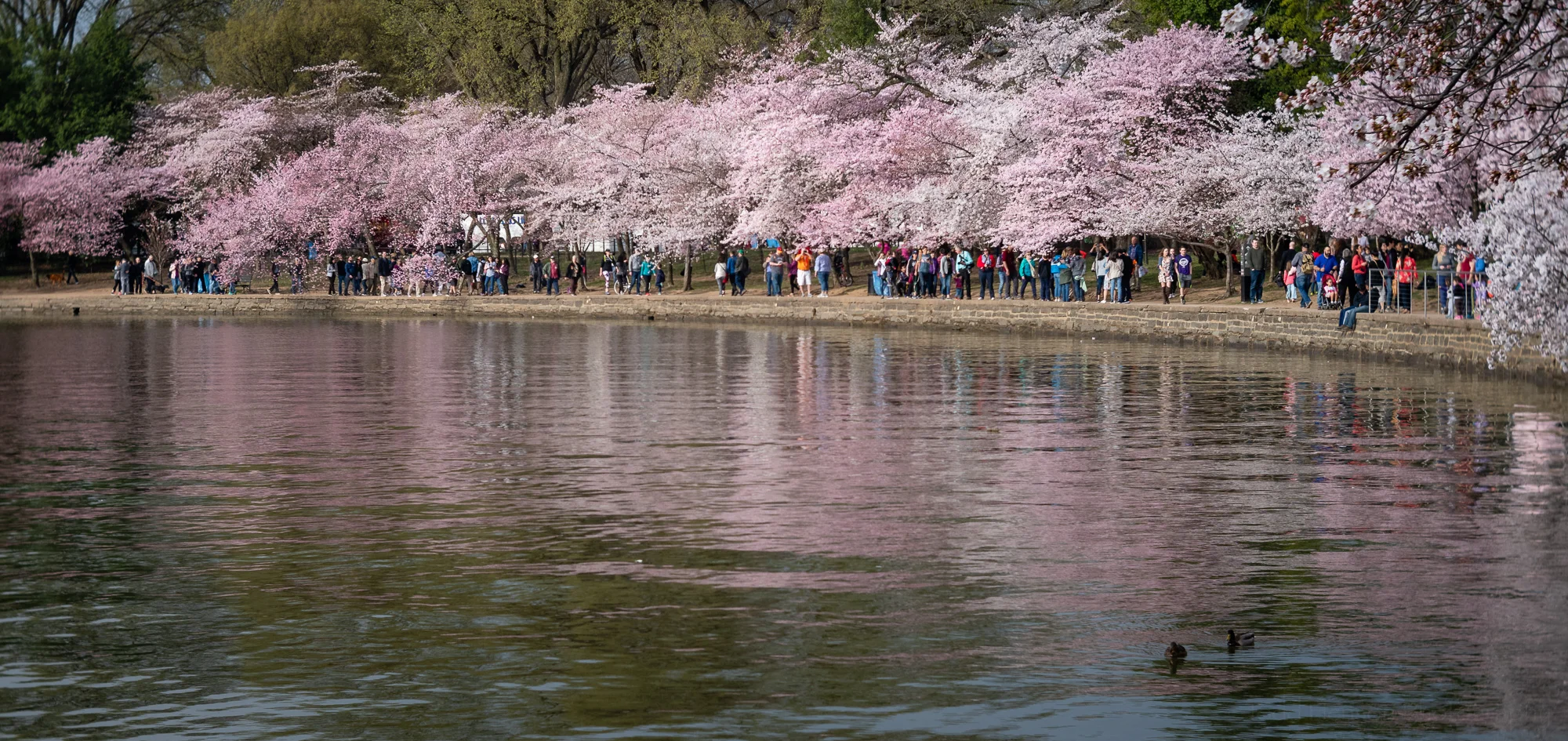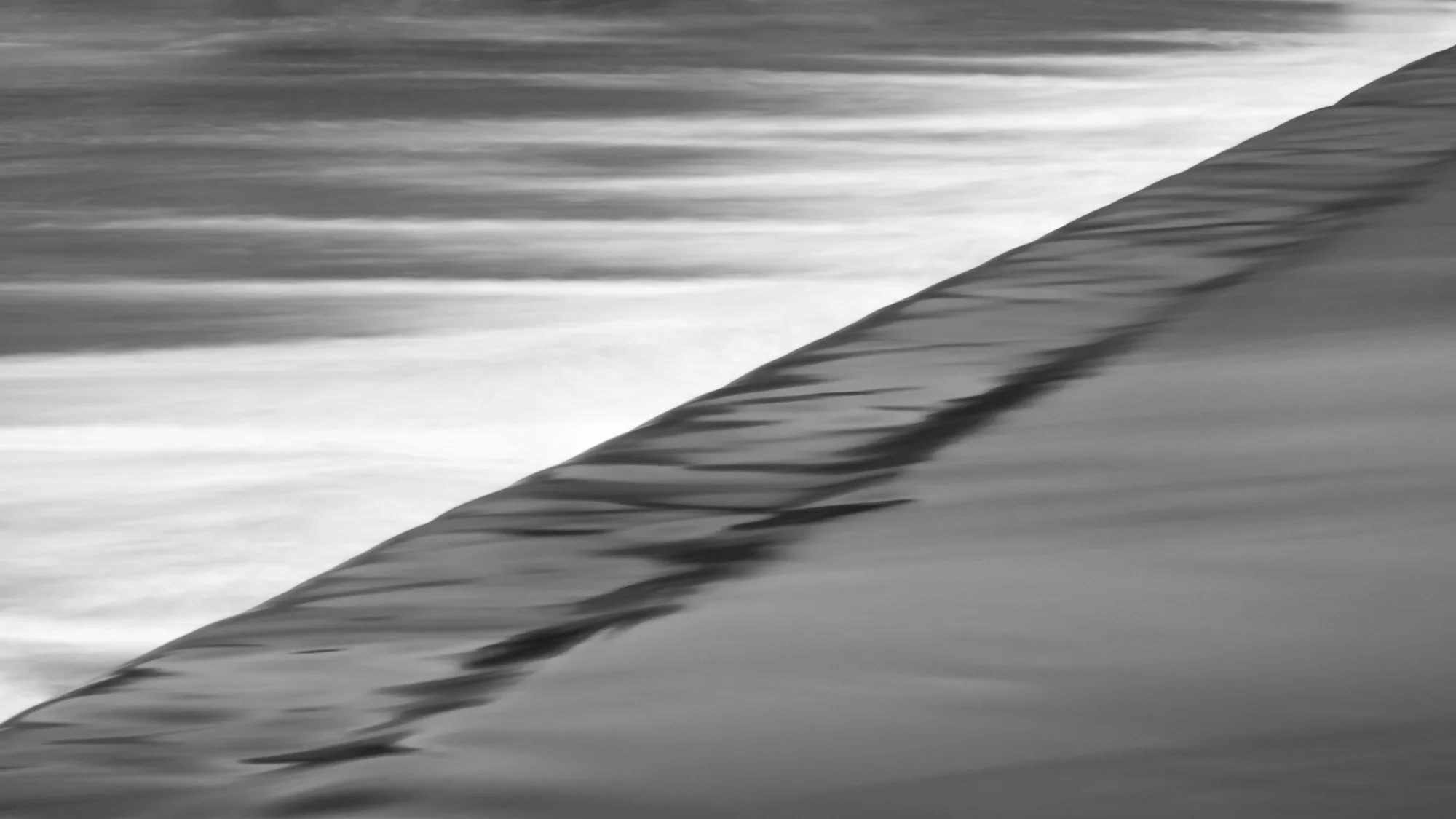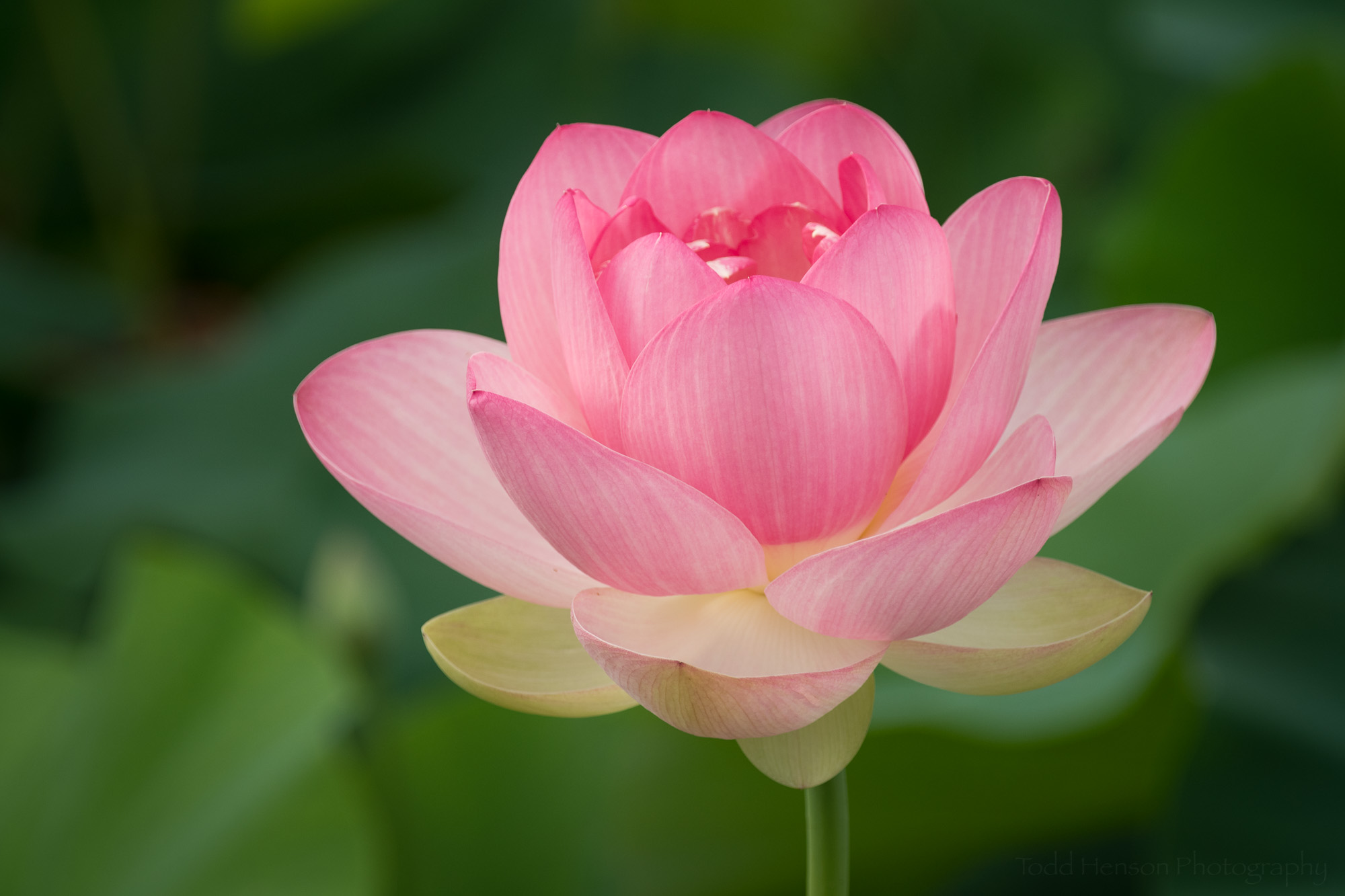Osprey facing the camera on a windy day, with head feathers sticking straight up.
Osprey don’t have it easy. They build nests close to water with no protection from the elements. I’ve seen osprey nests blown over during strong storms. But these amazing birds just keep rebuilding and moving on.
Today’s photos are of an osprey in Colonial Beach, Virginia, building a nest atop some poles just offshore. It’s a very windy day, as you can see in the photo with the osprey facing the camera. The feathers on the back of its head stand straight up with the wind blowing towards me. This really gives the osprey a wild, aggressive look.
Osprey building a nest on a windy day.
I’ve created cropped versions of both photos giving you closer views of the osprey. Click on any of the images for larger views.
Closeup of osprey facing camera, head feathers upright.
Side view of osprey on its nest on a windy day.
Thinking Through the Shots
I wanted to focus as much as possible on the osprey, meaning I wanted the background to disappear in a blur. The distant shore was quite a distance away, which helped. I was shooting at 400mm focal length, which also helped. My maximum aperture was f/5.6 with the setup I was using but I chose to use f/8 to give a little extra depth of field to capture the osprey in focus. Given the focal length and the distance to the shore, it was enough.
Note, I usually shoot in Aperture Priority mode when background blur is important. This lets me choose the aperture most appropriate for the look I want and lets the shutter speed fall where it will. If I need a faster shutter speed I can then open the aperture further (unless it’s already open all the way) or boost the ISO.
It was a very windy day, so things like the osprey’s feathers were moving. And I wanted to be able to capture the osprey if it flew from the nest. This meant I needed a fast shutter speed. I was shooting with a wide open aperture, which would help give me a faster shutter speed. To increase the shutter speed further I boosted my ISO to 500 (200 is the base ISO for the camera I was using). This let me shoot at a shutter speed of 1/1250 sec.
To sum it all up, I shot at 1/1250 sec, f/8, at ISO 500.
Equipment
I didn’t have my longer lens with me for this shoot, but I did carry along my 70-200mm f/2.8 and a 2x teleconverter. This is how I reached 400mm. The 2x does slow things down, causing slower focusing, and giving me a maximum aperture of f/5.6 instead of the f/2.8 of the lens (2 stops slower). But this combo is smaller and lighter than a larger lens and does give me some versatility allowing both the 70-200mm and 140-400mm ranges. I was happy with the compromise for this trip.
Note, the 2x teleconverter only works with some lenses, so be sure it works with yours before you purchase it.
Do you enjoy these posts?
Sign up to receive periodic emails with updates and thoughts. Don’t worry, I won’t spam you. And please consider purchasing artwork or products from my online store, and using my affiliate links in the sidebar to the right when shopping online.
I appreciate your support!




















